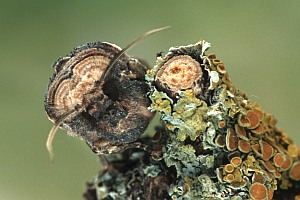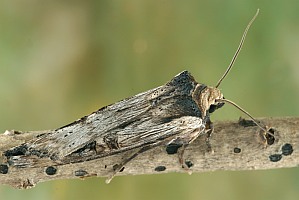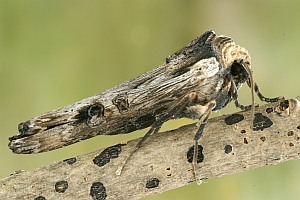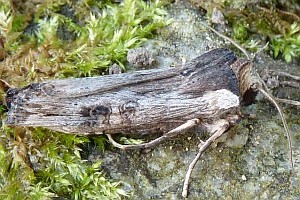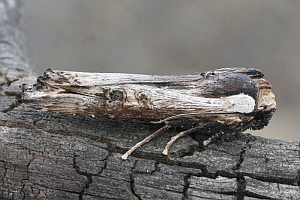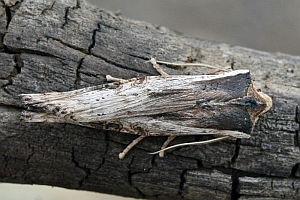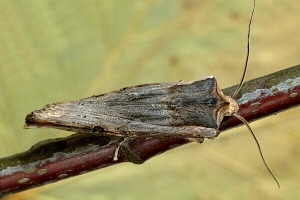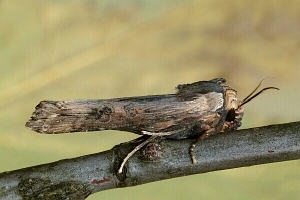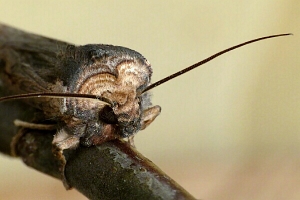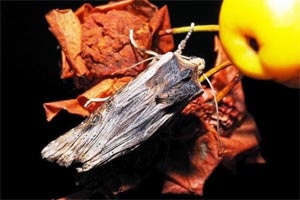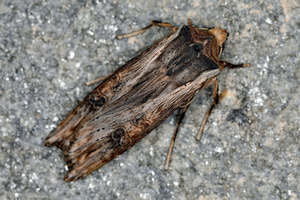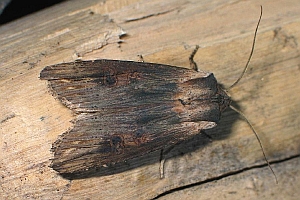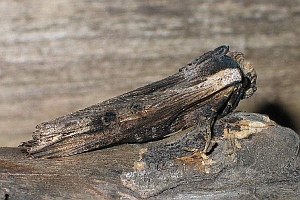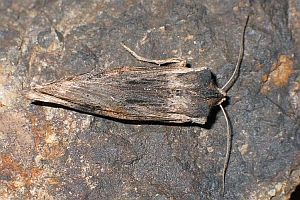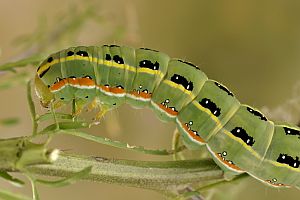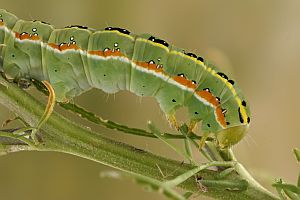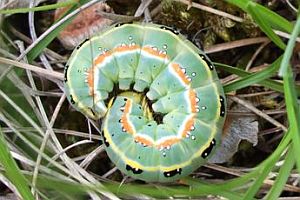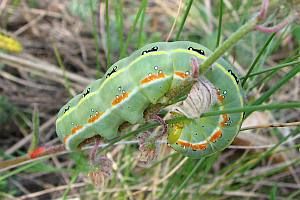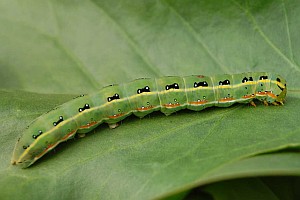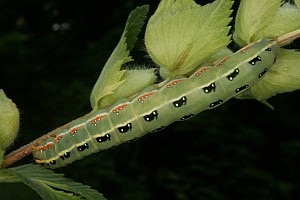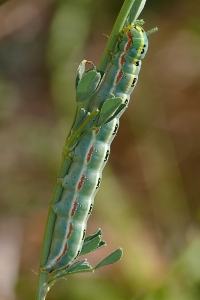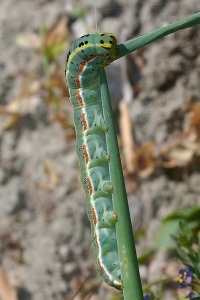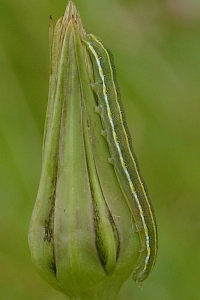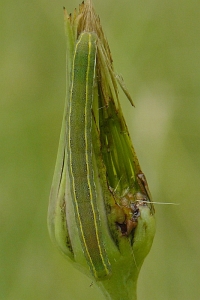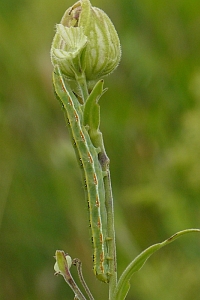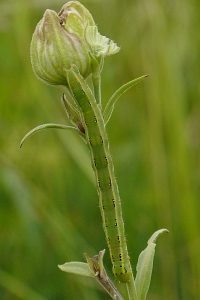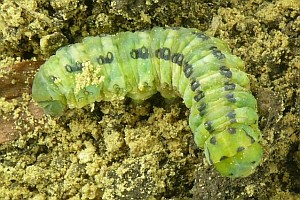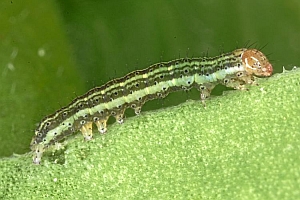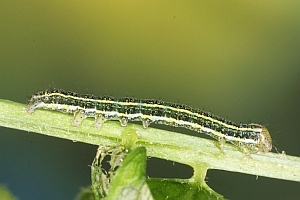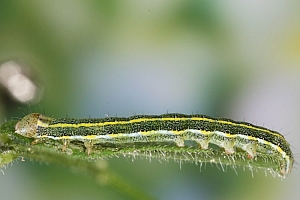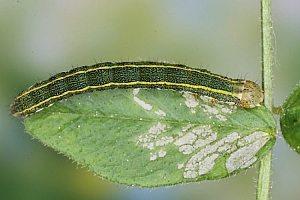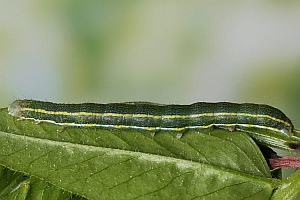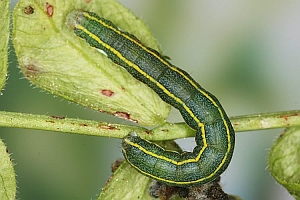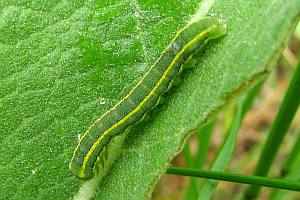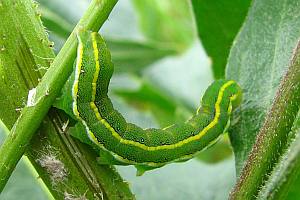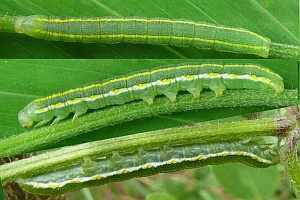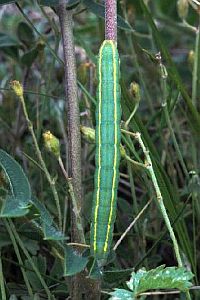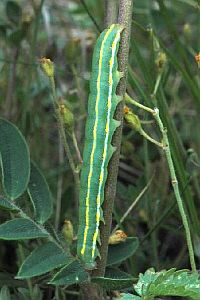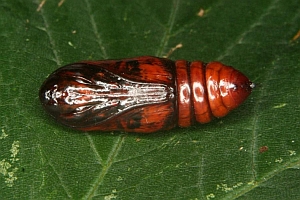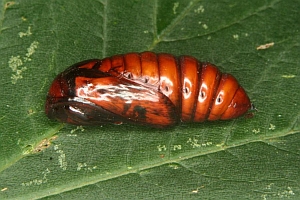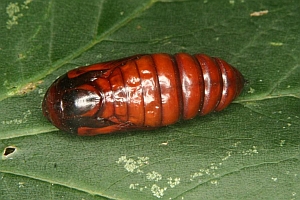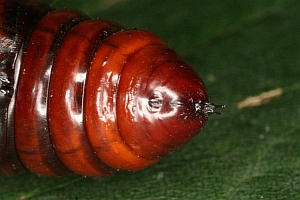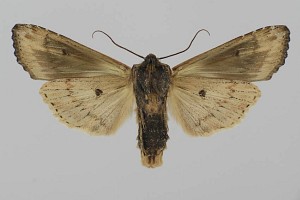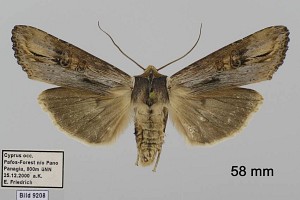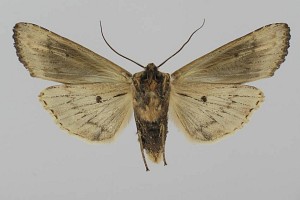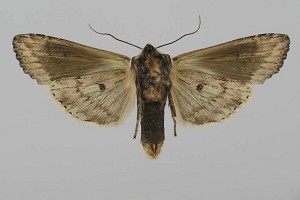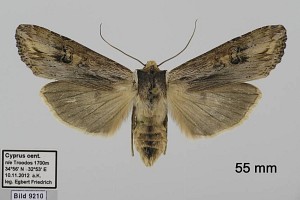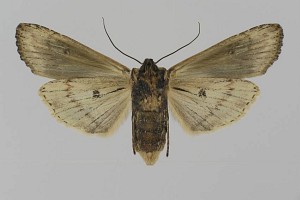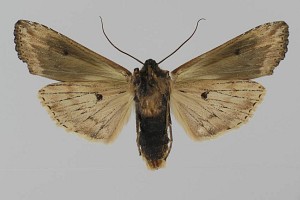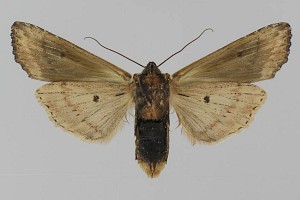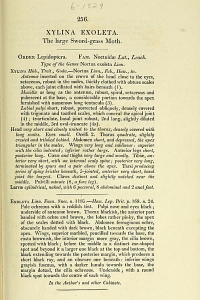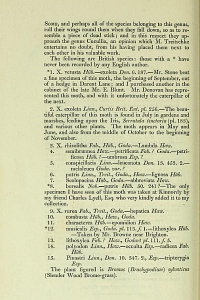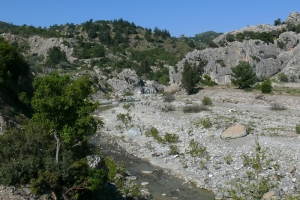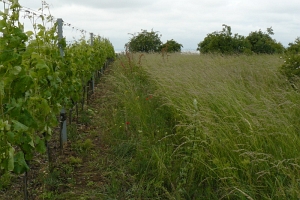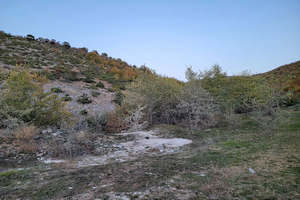Länder:

 +52Kontinente:EUAS
+52Kontinente:EUAS


 +52Kontinente:EUAS
+52Kontinente:EUASNeues Layout der Navigation (Beta Test)
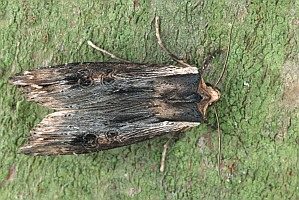
Falter
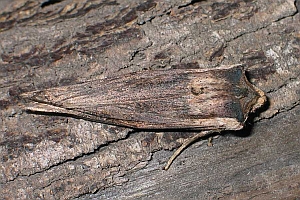
Ssp. canaria Pinker, 1968
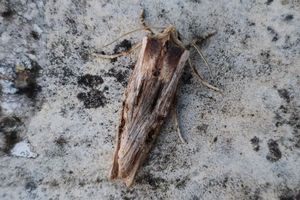
Ssp. maltensis Fibiger et al., 2006

Ausgewachsene Raupe
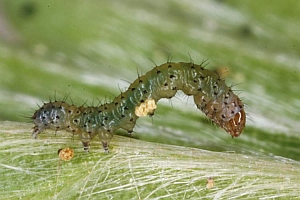
Jüngere Raupenstadien
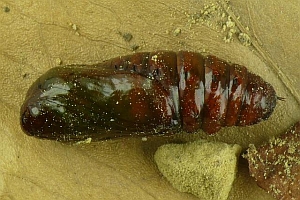
Puppe
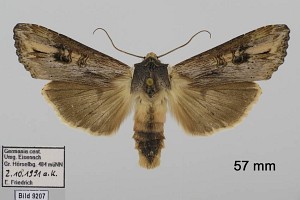
Nominotypische Unterart ♂
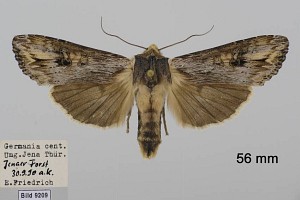
Nominotypische Unterart ♀
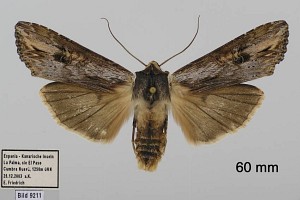
Ssp. canaria ♂
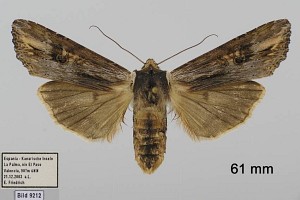
Ssp. canaria ♀

Erstbeschreibung
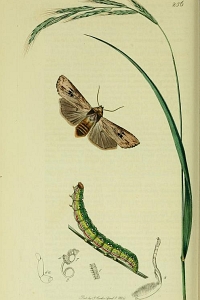
Beschreibung von John Curtis als Xylina exoleta
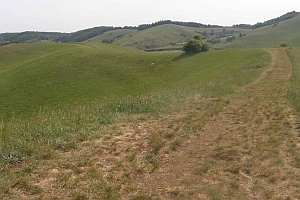
Habitat
LebendfotosDiagnoseNominotypische UnterartSsp. canaria Pinker, 1968Ähnliche ArtenBiologieWeitere InformationenEtymologie (Namenserklärung)Andere KombinationenUnterartenLiteraturInformationen auf anderen Websites (externe Links)
1. Lebendfotos
1.1. Falter
1-4: Österreich, Niederösterreich, Schwarzau/Stf., (Halb-)Trockenrasen, Hecken, Flussbett, Au-Rand, 330 m, 18. März 2003 (Bild 1+2) bzw. 12. Oktober 2004 (Bild 3+4) (Fotos: Peter Buchner), det. Peter Buchner
5: Deutschland, Baden-Württemberg, Kaiserstuhl, Gebiet Altvogtsburg, 190 m, Raupenfund 6. Juni 2010, e.l. 1. Oktober 2010 (leg., cult., det. & Foto: Gabi Krumm)Forum
6-7: Zypern, Limassol, Lemithou, 1080 m, 10. November 2012, Lichtfang (det. & fot.: Daniel Bolt)Forum
8-10: Slowakei, Roznavská kotlina (Rosenauer Kessel), Stadt Roznava (Rosenau), ca. 310 m, 28. Februar 2014, am Licht (det. & fot.: Andrej Makara), conf. Alexandr ZhakovForum
11: Deutschland, Sachsen, Hoyerswerda, Wald-Garten-Lage, 116 m, 16. November 2020, an Zierapfel (Freilandfoto: Martina Görner)Forum
12: Griechenland, Makedonien, Kozani, ca. 2 km südlich Kapnochori, ca. 870 m, 21. Oktober 2022 (fot.: Jochen Kostewitz), det. Frank RosenbauerForum
1.2. Ssp. canaria
1.3. Ssp. maltensis
1: ♀, Malta, N/A, Żurrieq, Maquis, 60 m, 31. Dezember 2024, Nachtfund (Freilandfoto: Jonathan Agius)Forum
1.4. Ausgewachsene Raupe
1-4: Österreich, Niederösterreich, Schwarzau/Stf., (Halb-)Trockenrasen, Hecken, Flussbett, Au-Rand, 330 m, 29. Juni 2004 (Fotos 1-4: Peter Buchner), det. Peter Buchner
5: Österreich, Burgenland, Breitenbrunn, 27. Mai 2006 (Foto: Gerd Krautberger), det. Gerd Krautberger, conf. Thomas FähnrichForum
6: Österreich, Burgenland, Breitenbrunn, Thenau, an Helianthemum, 23. Mai 2008 (Freilandfoto: Markus Schwibinger), det. Thomas Fähnrich & Heidrun MelzerForum
7: ssp. canaria Pinker, 1968: Spanien, Gran Canaria, Mirador de Fataga, 490 m, an Limonium, 12. Februar 2010 (Foto: Annegret Wagler), conf. Frank RämischForum
8: Deutschland, Baden-Württemberg, Vogtsburg-Schelingen, Trockenrasen, 8. Juni 2012 (Foto: Ernst Herkenberg), conf. Stefan RateringForum
9-10: Griechenland, Rhodos, NO Apolakkia, Kourkoutachi Fluss, ca. 120 m, 19. April 2007 (det. & Foto: Martin Semisch)Forum
11-12: Österreich, Niederösterreich, Mannersdorf, Mannersdorf-Wüste, ca. 280 m, 31. Mai 2013 (det. & fot.: Pia Wesenberg)Forum
13-14: Österreich, Burgenland, Neusiedlersee, Leithagebirge, Winden am See, 150 m, 5. Juni 2013 (det. & fot.: Pia Wesenberg)Forum
15: Vorpuppe: Deutschland, Baden-Württemberg, Kaiserstuhl, Altvogtsburg, 190 m, 6. Juni 2010 als L4 an Waldrebe gefunden (leg., cult. & Foto am 5. August 2010: Gabi Krumm), det. Thomas FähnrichForum
1.5. Jüngere Raupenstadien
1-7: (1: Eiraupe, 23. April), (2: 26. April), (3: 30. April), (4-5: 5. Mai), (6-7: 9. Mai), Spanien, Aragonien, Huesca, bei Candasnos, ♀ leg. Herbert Beck & Sanetra am 6. April 2009 (Studiofotos: Ingrid Altmann), det. Herbert BeckForum
8-9: vorletztes Stadium: Österreich, Burgenland, Jois, Trockenrasen, 19. bzw. 22. Mai 2008 (Freilandfotos: Markus Schwibinger), det. Thomas Fähnrich & Heidrun MelzerForum
10: vorletztes Stadium in Häutungsruhe: Deutschland, Baden-Württemberg, Kaiserstuhl, Altvogtsburg, 190 m, an Waldrebe, 6. Juni 2010 (leg., cult., Fotos & Montage: Gabi Krumm), det. Thomas FähnrichForum
11-12: vorletztes Stadium in Häutungsruhe: Österreich, Burgenland, Breitenbrunn, an Wundklee, 1. Juni 2006 (Fotos: Leo Kuzmits), det. Erwin Rennwald & Hans MoserForum
1.6. Puppe
1: Deutschland, Baden-Württemberg, Kaiserstuhl, Gebiet Altvogtsburg, 190 m, Raupenfund 6. Juni 2010 (leg., cult. & Foto am 14. August 2010: Gabi Krumm), det. Gabi Krumm nach FalterschlupfForum
2-5: Deutschland, Baden-Württemberg, Vogtsburg-Schelingen, 16. September 2012 (det. & fot.: Ernst Herkenberg)Forum
2. Diagnose
2.1. Nominotypische Unterart
2.1.1. Männchen
2.1.2. Weibchen
2.2. Ssp. canaria
2.2.1. Männchen
2.2.2. Weibchen
2.3. Ähnliche Arten
Zwischen der jüngeren Raupe von Xylena exsoleta und jener von Ceramica pisi bestehen Ähnlichkeiten.
2.4. Erstbeschreibung
1: Linnaeus (1758: 515) [nach Copyright-freiem Scan auf www.biodiversitylibrary.org]
2.5. Beschreibung von John Curtis als Xylina exoleta
1-3: Curtis (1823-1840) [nach Copyright-freien Scans auf www.biodiversitylibrary.org]
3. Biologie
3.1. Habitat
1: Trockenrasen, Raupe in den Gräsern links vom Weg, Deutschland, Baden-Württemberg, Vogtsburg, Haselschacher Buck am Kaiserstuhl, ca. 320 m, 20. Juni 2010 (Foto: Helmut Kaiser)Forum
2: Griechenland, Rhodos, NO Apolakkia, Kourkoutachi Fluss, ca. 120 m, 19. April 2007 (Foto: Martin Semisch)Forum
3: Österreich, Burgenland, Neusiedlersee, Leithagebirge, Winden am See, 150 m, 5. Juni 2013 (Foto: Pia Wesenberg)Forum
4: Griechenland, Makedonien, Kozani, ca. 2 km südlich Kapnochori, ca. 870 m, 21. Oktober 2022 (Foto: Jochen Kostewitz)Forum
4. Weitere Informationen
4.1. Etymologie (Namenserklärung)
„von exoletus vergangen, vermodert; wegen des Aussehens.“
4.2. Andere Kombinationen
- Phalaena exsoleta Linnaeus, 1758 [Originalkombination]
4.3. Unterarten
- Xylena exsoleta canaria Pinker, 1969
- Xylena exsoleta maltensis Fibiger, Sammut, Seguna & Catania, 2006
4.4. Literatur
- Curtis, J. (1823-1840): British Entomology; Being Illustrations and Descriptions of the Genera of Insects Found in Great Britain and Ireland: Containing Coloured Figures from Nature of the Most Rare and Beautiful Species, and in Many Instances of the Plants upon which they are Found. Vol V. Lepidoptera, Part I. — [Not paginated]. London (E. Ellis & Co.).
- Erstbeschreibung: Linnaeus, C. (1758): Systema naturae per regna tria naturae, secundum classes, ordines, genera, species, cum characteribus, differentiis, synonymis, locis. Tomus I. Editio decima, reformata. 1-824. Holmiae (Laurentius Salvius).
- Steiner (1997) (= Ebert 6), 522-526.



















































